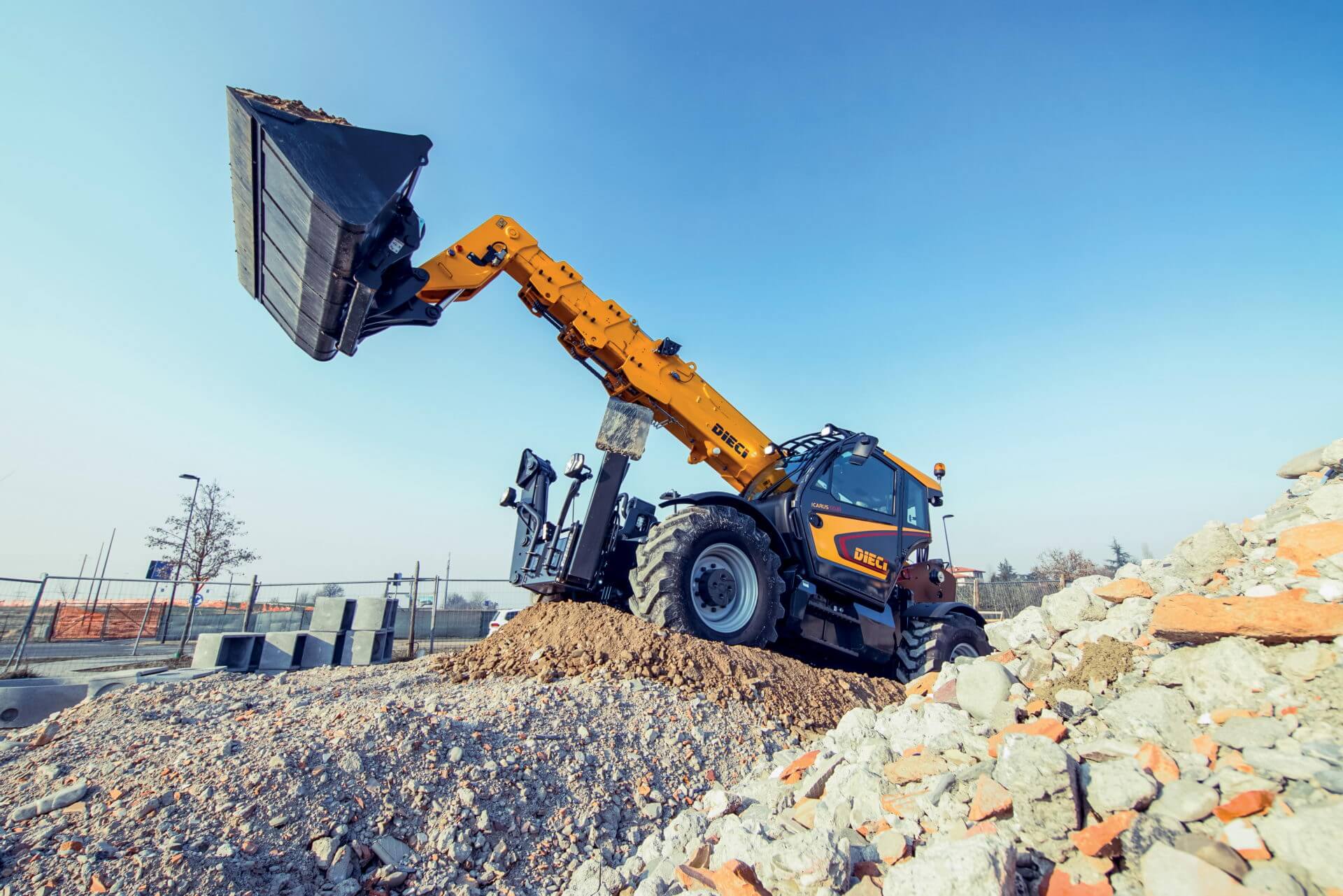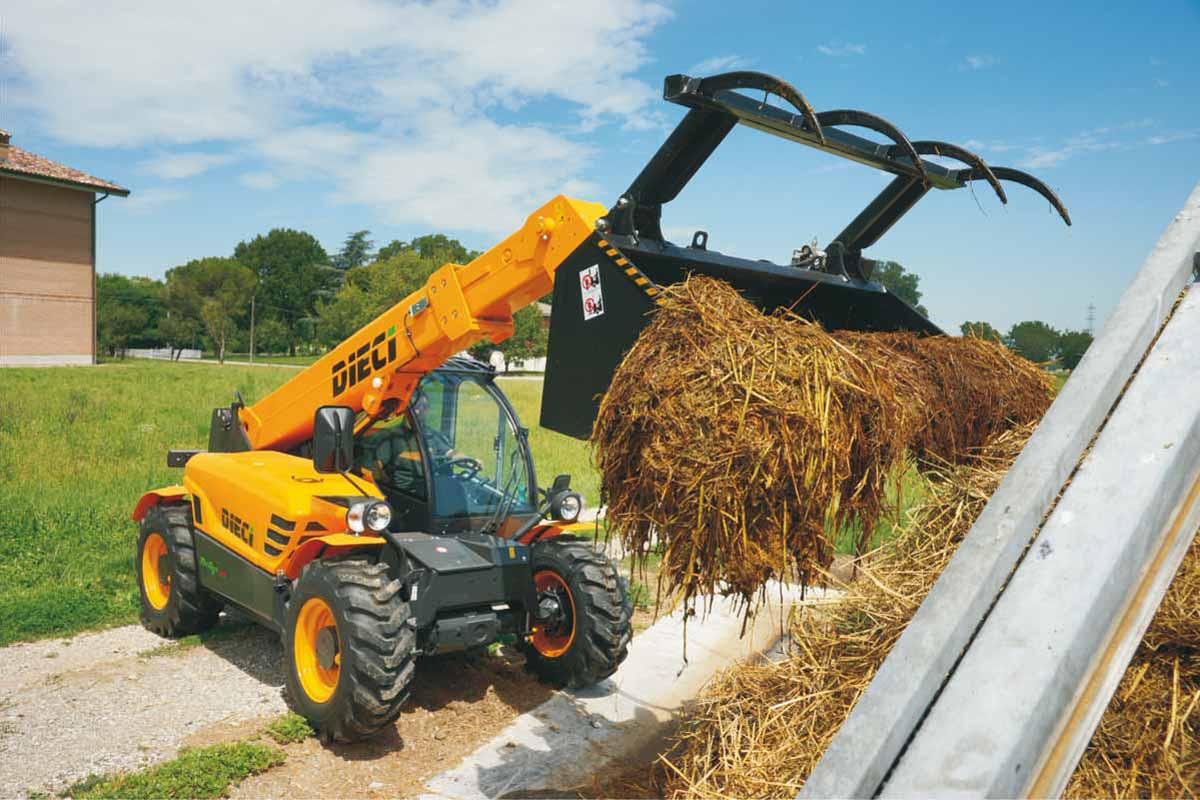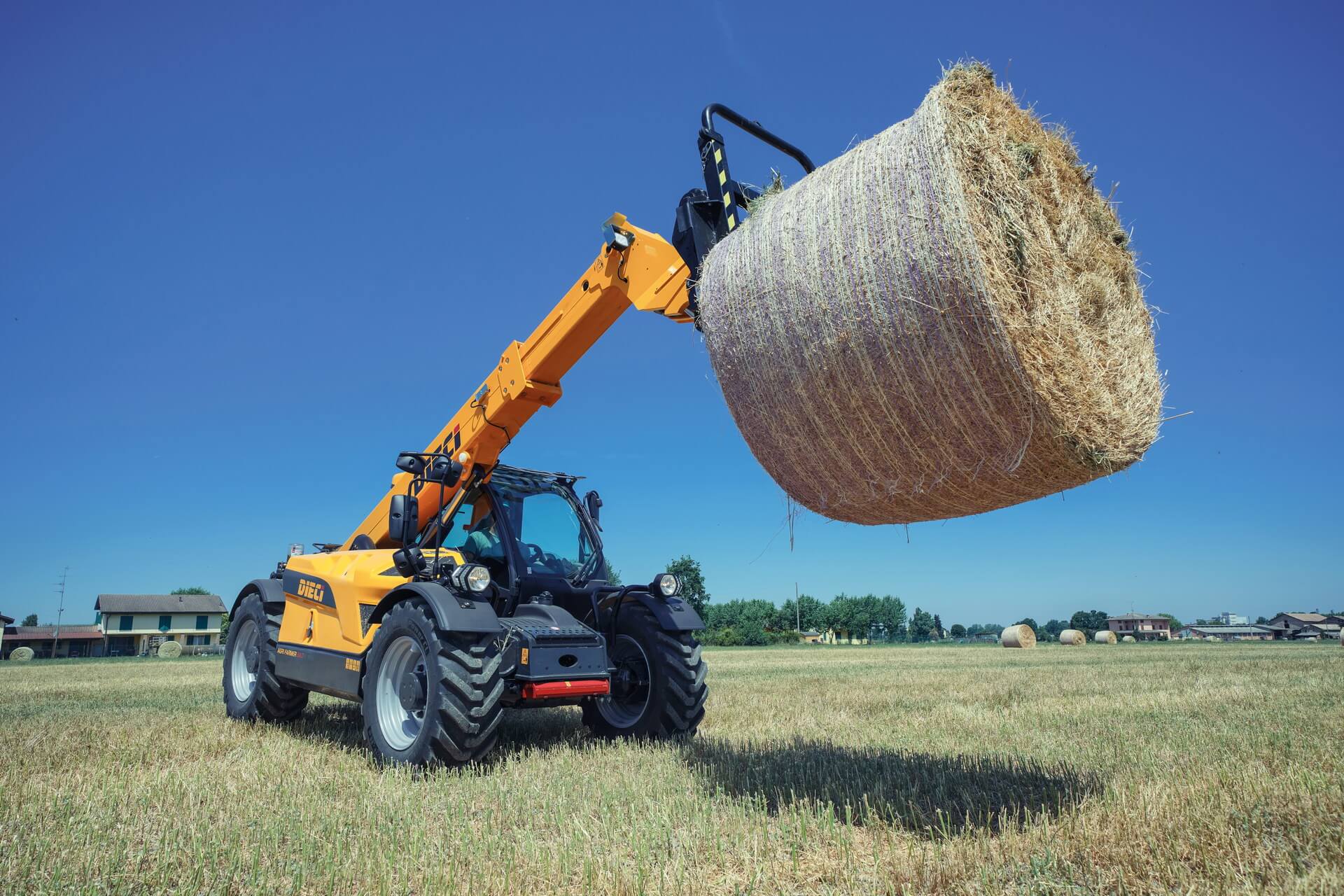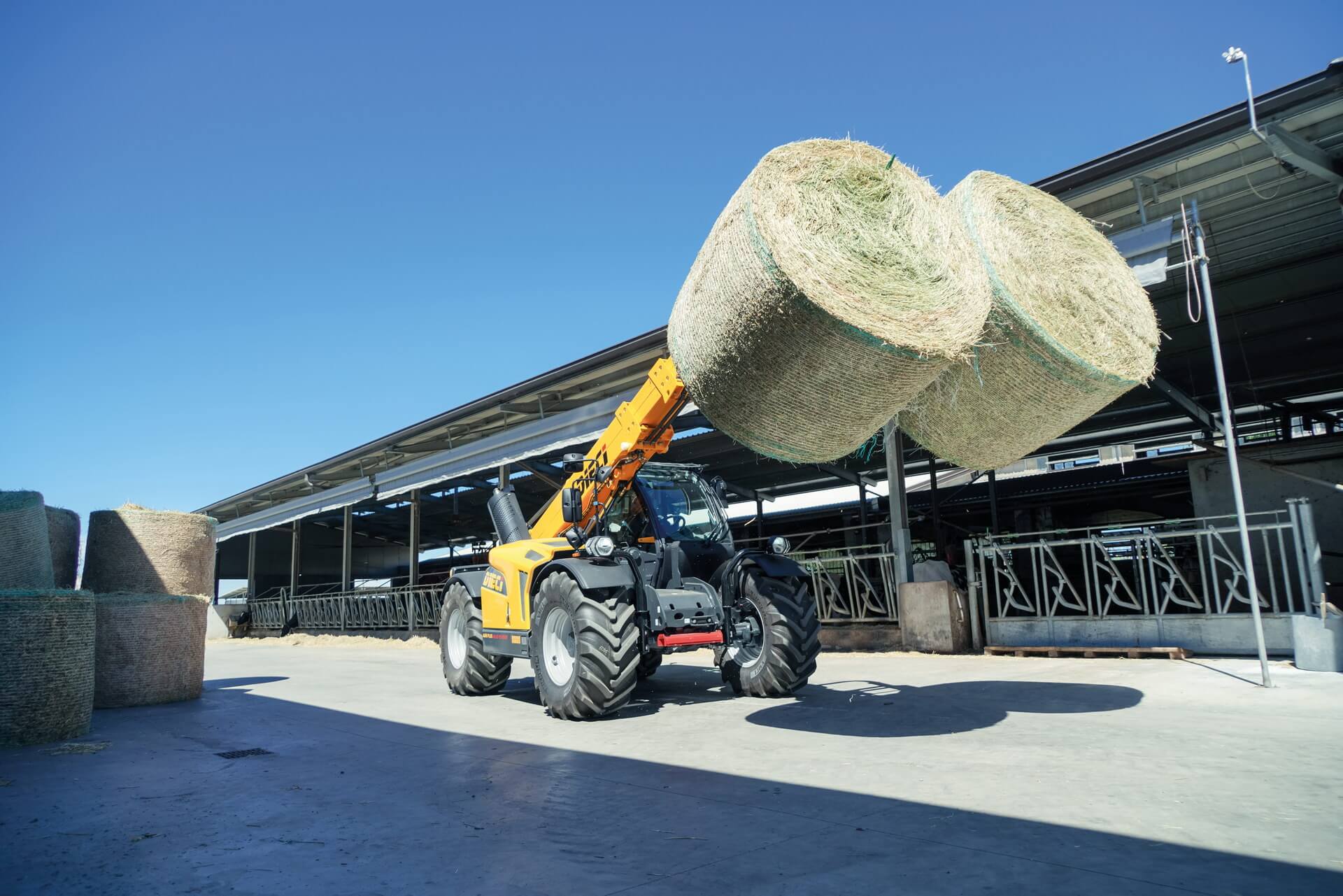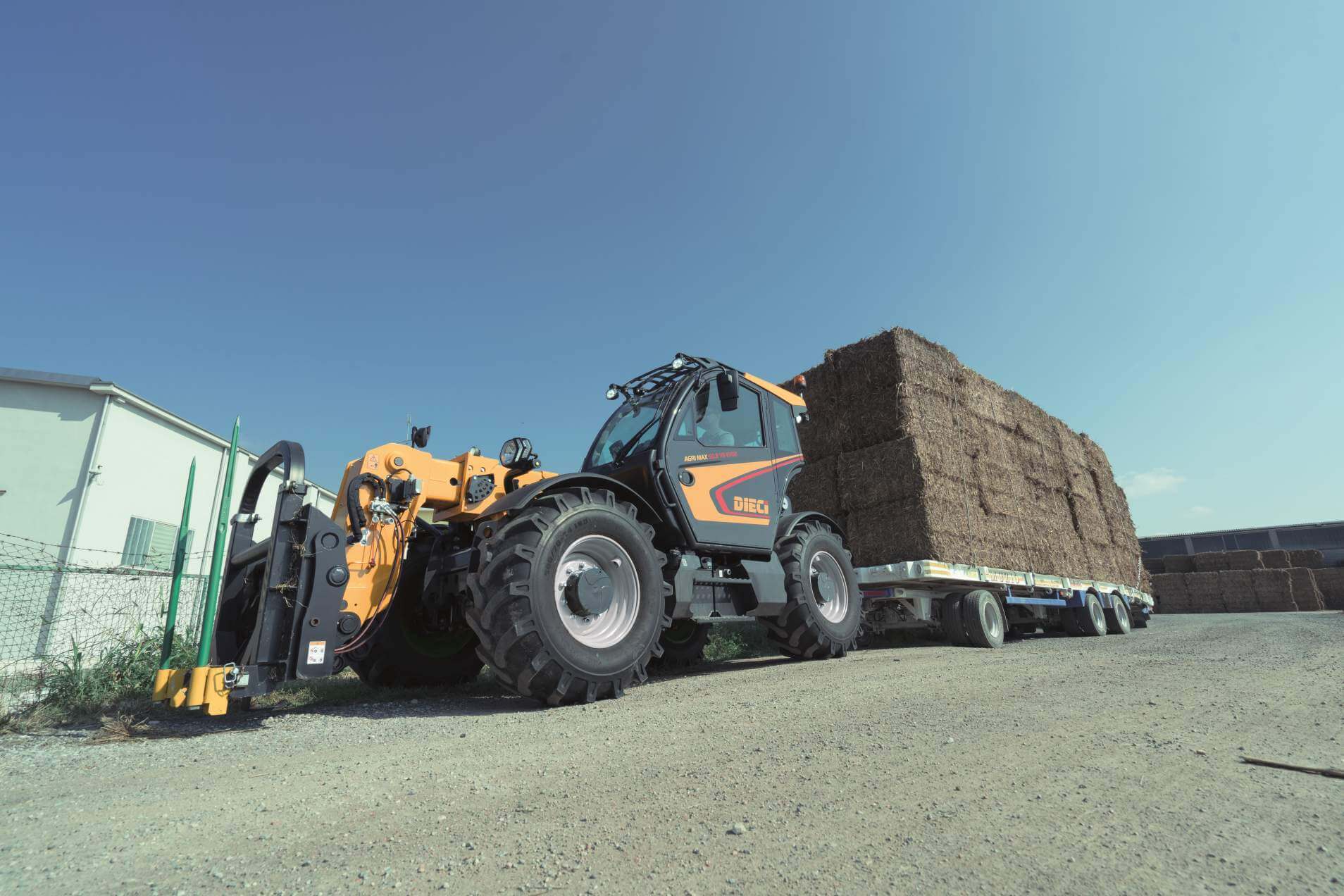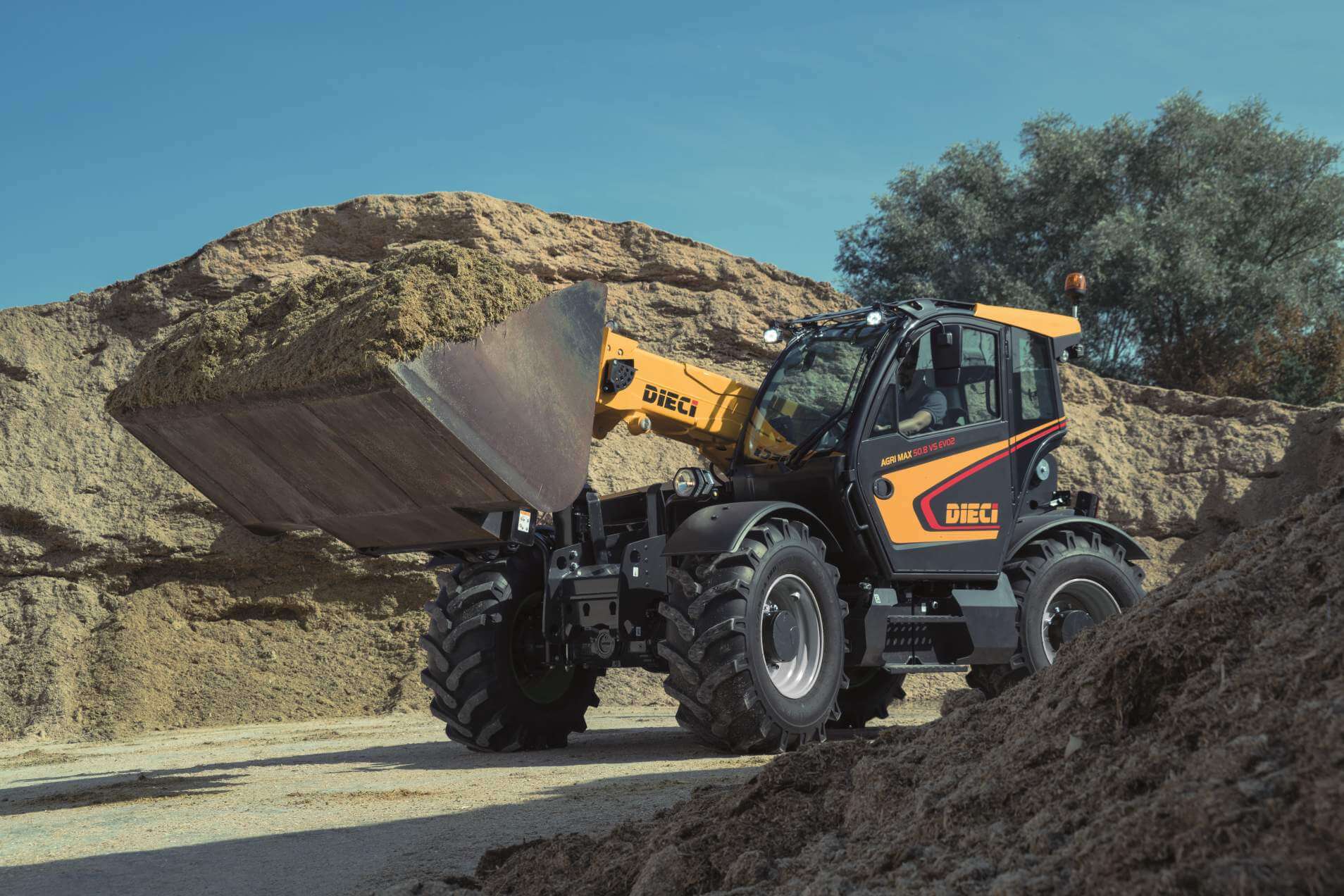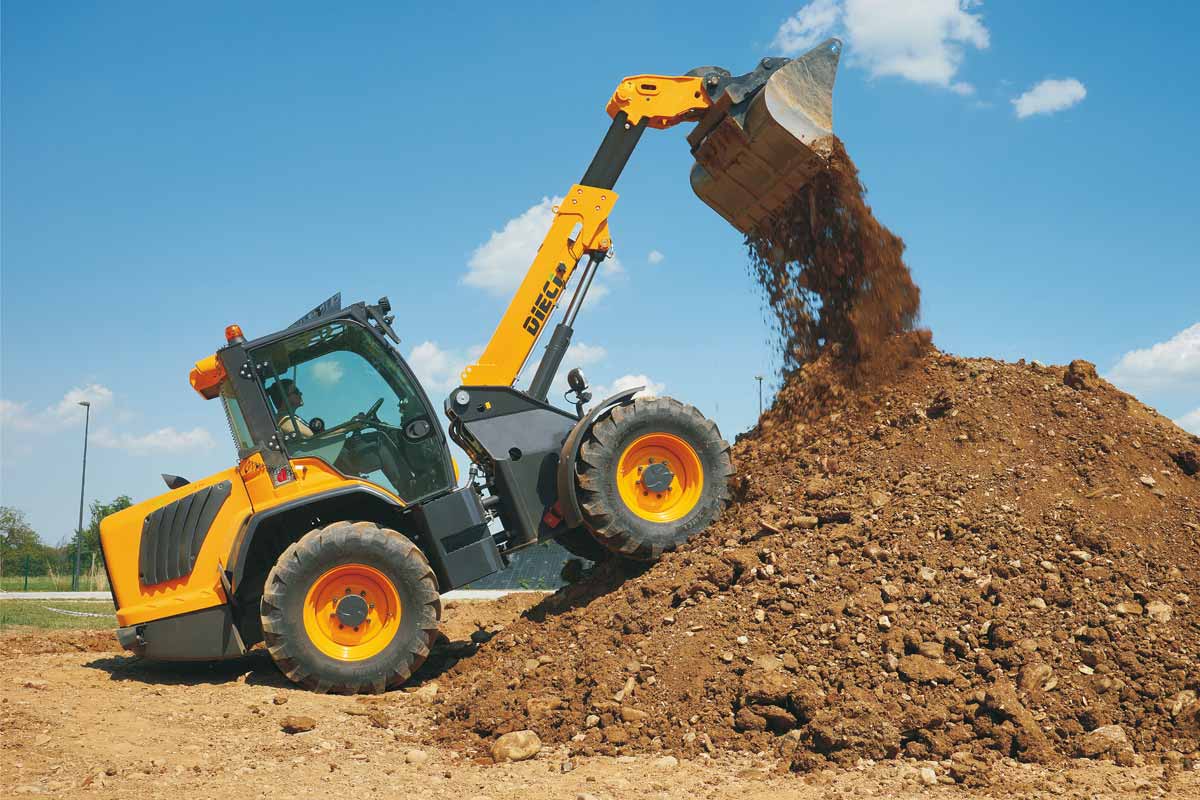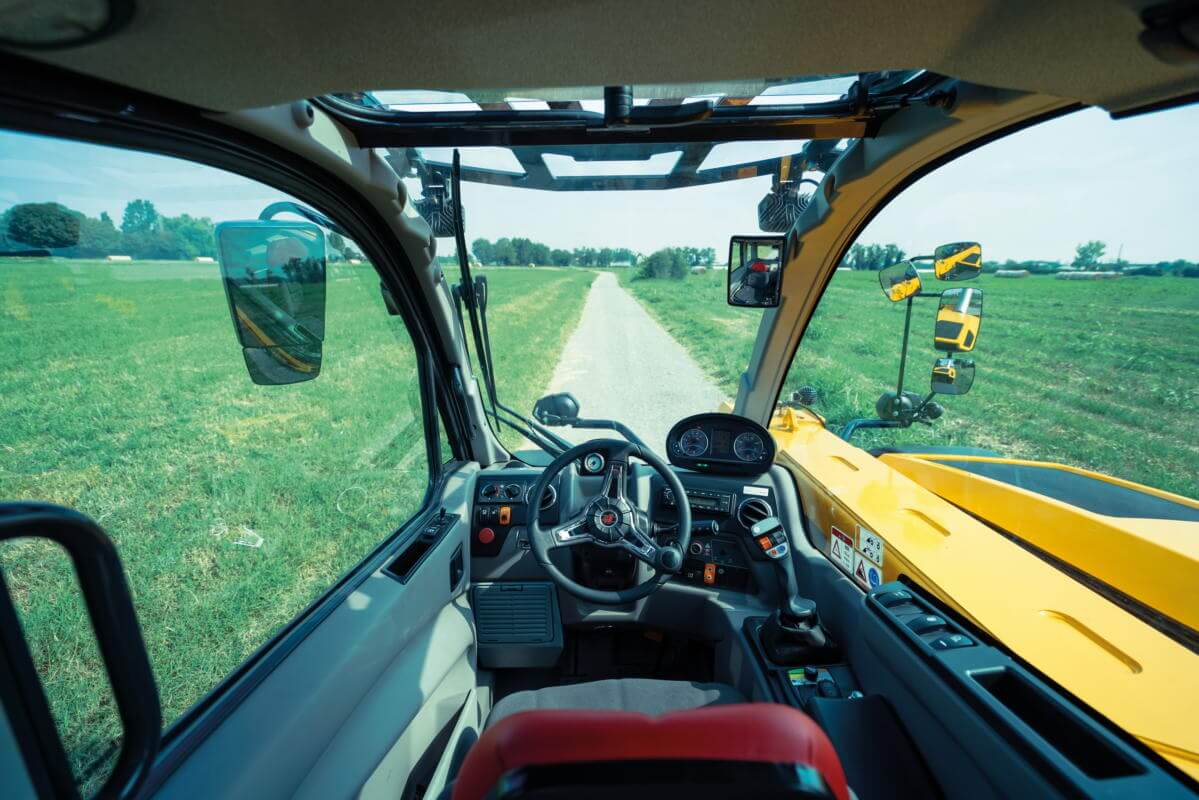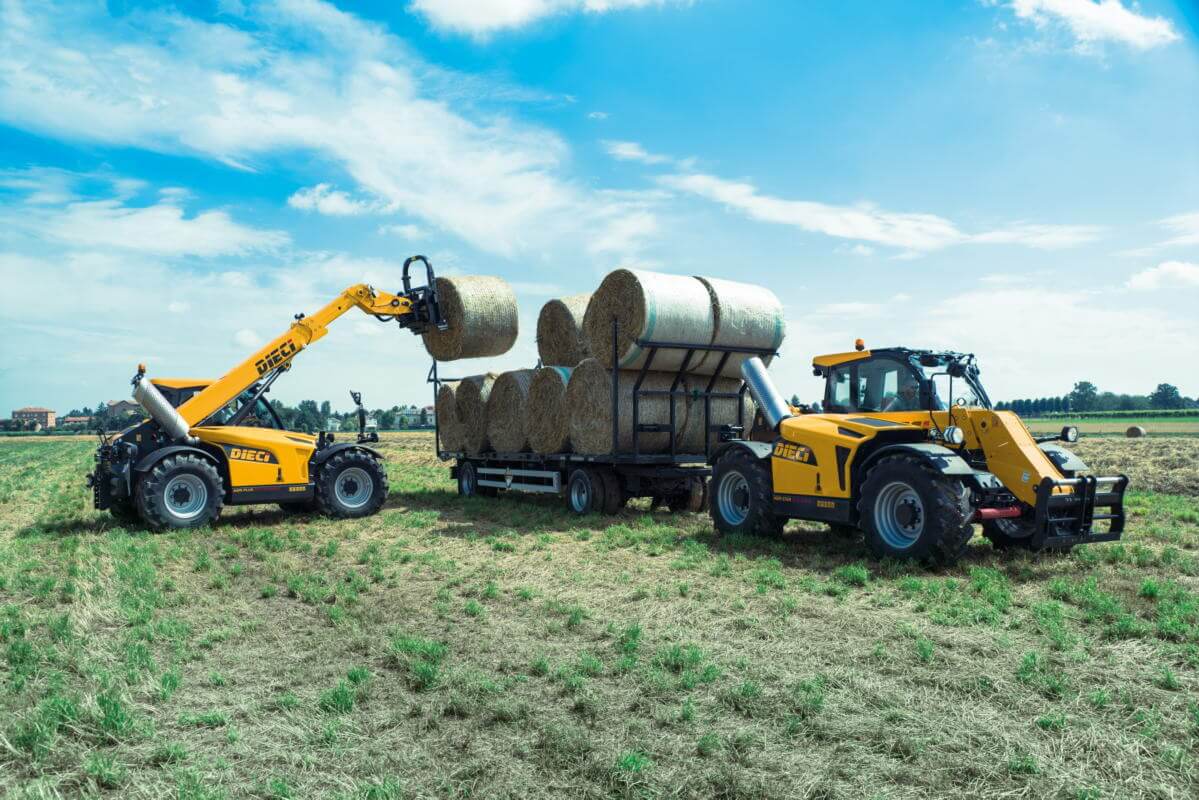
Telehandler rental is a new means of accessing specific and innovative vehicles that is taking the construction and agricultural sectors by storm. In Italy, it is a new emerging trend in the construction industry, but is already well established in the agricultural sector, thanks to the high level of technical specialisation of the vehicles, the possibility of accessing increasingly innovative solutions, and an increasing focus on sustainability and savings.
To better understand the current context and develop new perspectives, we analysed the growing trend towards telehandler rental with Laurent Quichon, General Manager of DIECI France.
What does your work consist of?
Since the Dieci France subsidiary was created in 2012, I have been in charge of sales management for the distribution of telehandlers and all products in the Dieci range in France, Belgium and Luxembourg.
What is the current trend of the telehandler market in France?
Currently France is the number-one European country for telehandler units, with a distribution of nearly 9000 vehicles per year, of which:
- 55% are fixed and articulated telehandlers for agriculture
- 45% are fixed, articulated and rotating telehandlers for construction
How does the rental industry work in France?
According to current data, telehandler rental in France accounts for 30% of the french telehandler market. This is also possible thanks to the excellent work done by distribution companies, which manage to ensure pervasive coverage of the whole territory:
- big firms operate on a national scale
- medium-sized enterprises operate at regional level
- smaller distributors provide a local presence throughout France
What are the main changes that the sector has undergone in recent years?
The main change affecting the telehandler rental market is definitely the numerous acquisitions of smaller rental firms by large, national companies. Also, in recent years there has been both an increase in new rental firms, and an expansion of options offered by various distributors, including long-term rental formulas i.e. for periods over one month.
Telehandlers for construction and agriculture are aimed at many different types of application, such as construction and renovation sites, industrial plants, logistics, livestock, polyculture and other farming businesses. What are the sectors in which renting is preferred over buying?
Telehandler rental mainly lends itself to construction sites that deal with new buildings, roofing, cladding and renovations. The versatility of the vehicles, together with the broad range of specific roles that construction telehandlers can perform, enables them to effectively carry out numerous jobs on a building site, generating significant savings in terms of time, resources and costs.
Telehandler rental for the construction sector is now a well-established trend globally. What are the changes, statistics and main characteristics of the rental market in this sector?
The main evolution concerns the duration of telehandler rentals. In the initial stages, professionals in the sector preferred very short-term rentals, mainly for one day at a time. Today, on the other hand, we are talking much more about long-term rentals, including for very long durations in excess of one year.
By contrast, telehandler rental in the agricultural sector has not developed uniformly in all European countries. For example, in Italy, over recent years we have been witnessing growing interest in this approach which, until recently, was not an option for most operators. In your view, what are the main features and advantages of hiring telehandlers for agriculture?
Hiring telehandlers for agriculture tends to be the most preferable option in three cases:
- Seasonal rental. In this case you can hire an agricultural telehandler solely for the period in which you need it, such as for cereal and forage harvesting, which takes place from June to October.
- Renting when the investment is too great for a farmer. In France, this option is often chosen by CUMA, a cooperative for the use of agricultural equipment that is created and managed by farmers.
- Advantages in terms of investment and performance. For some farmers, choosing to rent a telehandler is a winning decision because they have all the benefits of a comprehensive service, keeping costs contained with no obligations.
Are there any growth prospects for agricultural rental in France?
There are certainly positive growth prospects for agricultural telehandler rental in France, which can be summarised under three important points:
- The purchase cost of this type of vehicle is increasing. As a result, it becomes difficult for a farmer to access one or more vehicles. Today we have increasingly advanced and innovative models: with rental it is easier for a farmer to access this type of functionality, while keeping investment costs low.
- Tax benefits, depending on national regulations. In some countries, rentals are taxed more favourably than purchases.
- Farmers are more likely to rent than purchase their own vehicle. This is an upward trend, so it will certainly be a determining factor in the growth of agricultural rentals.
Which telehandlers are the most in-demand rental models for construction and agriculture respectively? What are the elements that differentiate them from other similar models and make them an excellent investment?
For construction rental, an excellent telehandler to invest in is the Apollo 26.6, which is a very popular vehicle that has proven itself in numerous applications. The strengths of this vehicle are its compact size, which make it excellent in terms of handling and adaptability, especially within confined spaces that are difficult for other vehicles to reach. The wide range of specialised equipment, such as lifting hooks, grapples of various kinds, excavating buckets, winches and baskets, make it an extremely versatile solution in very diverse situations.
For agriculture, an excellent rental option is the Agri Star 40.8, a simple and efficient vehicle that reaches a lift height of 7.7 metres and has a maximum load capacity of 4000 kg. This vehicle delivers all the performance needed for harvesting, offering the best compromise between power and agility.
In your experience, what is an excellent rental vehicle with potential that companies haven’t tapped into yet?
One vehicle that is often underestimated on the rental market, but which is capable of meeting different needs, is the Dumper 120. This vehicle offers superior characteristics compared to conventional dumpers, with a maximum capacity of 10,800 kg and 6.5 m3 level load volume. The reversible driver’s seat ensures safe and easy use, so operators can get started immediately without need for training. The Dumper 120 is definitely an excellent short and long-term rental solution for construction projects.
We have analysed the current landscape of the agricultural and construction rental market. Can we make some predictions on how the market will evolve, especially in the face of topical issues such as sustainability, energy saving and Industry 4.0?
What rental companies most need to offer is simple, efficient vehicles with the least number of issues possible, so as to guarantee repeat business. On the other hand, there is increasing demand on construction sites for eco-friendly solutions, also as regards noise pollution. Therefore, the future of construction equipment rental is definitely heading towards electric solutions.
